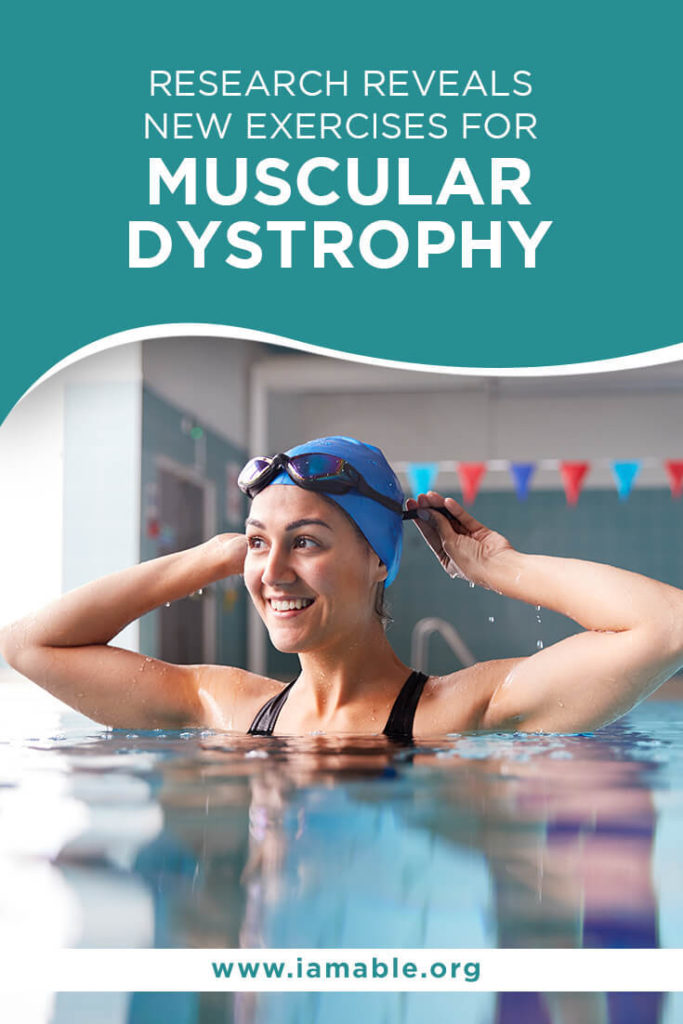Miami, FL 33186

A recently published study on neuromuscular electrical stimulation (NMES) found a promising approach to managing muscular dystrophy. Researchers from the University of Maine used NMES to stimulate the diseased muscles of zebrafish – a popular model organism used in medical research to explore new treatment options and characterize different kinds of human diseases. As the leading source of activity-based therapy in Miami, we want to highlight some of the study’s key findings and what these could mean for patients with muscular dystrophy.
Read the Important Facts About Muscular Dystrophy
According to studies, around 250,000 Americans have muscular dystrophies. The condition’s symptoms usually manifest during early childhood and continue to progress during adulthood. And unfortunately, patients are still left with minimal options for treating the disorder or managing the symptoms.
Notably, muscular dystrophies can come in various types. One example is Duchenne muscular dystrophy (DMD), a congenital problem that develops because of an X-linked gene mutation that mainly manifests in boys. The disorder has a rapid onset and primarily causes issues including:
Most people diagnosed with this condition tap into rehabilitation options like activity-based therapy in Miami to improve mobility and slow down the onset of muscular dystrophy complications. Others also wait for medical breakthroughs, such as the recently published findings on the NMES effects on a zebrafish model of DMD. Here are the key results of the study:
Over the years, studies on DMD have shed light on several findings. So, besides resistance training (weight lifting) exercises, therapists and trainers also take advantage of other physical activities to help patients with DMD thrive. Some notable examples of these exercises include:
Certain activities that incorporate stretching exercises like yoga, tai chi, and pilates are beneficial for patients with muscular dystrophy. So it might be worth it to consider these options or ask your therapist or fitness trainer about how you can integrate simple stretching techniques into your existing workout routine.
A 2021 study found that isometric exercises can help young male patients overcome the impacts of DMD symptoms. The study participants performed varying intensity levels of leg isometric exercises for 12 weeks. After completing the therapy, they reported increased knee strength and improved ambulation.
Several case studies have investigated aquatic therapy’s potential in helping patients improve their DMD management and rehabilitation plans. One study explains that aquatic therapy for DMD can help children perform targeted exercises that are difficult to do on land. Meanwhile, another study notes that a 45-minute aquatic physical therapy done twice a week for at least 21 weeks might help slow down the progress of DMD.
Besides the exercises listed above, you might also find endurance training handy in keeping DMD symptoms at bay. According to animal models of DMD, endurance exercises such as walking and running can help improve resistance against muscle damage and fatigue.
Before deciding on the specific physical activities that can help manage your risks or symptoms, we strongly recommend consulting with your physician or therapist. It would help gauge the extent of your condition and determine additional conditions that might aggravate your symptoms or increase risks for injuries or immobility.
The zebrafish model of Duchenne muscular dystrophy has indeed highlighted the value of physical activities for people with DMD. A combination of exercise-based approaches can prevent further damage to the muscles and improve the prognosis of patients. In addition, it aims to maintain respiratory activities within the muscle fibers to maintain their shape and strength.
It would be interesting to see additional research investigating other helpful exercises for DMD and improved zebrafish models that can find potential treatments for an otherwise incurable disease.
While you await medical breakthroughs to redefine how to approach muscular dystrophies such as DMD, you can take advantage of established methods in rehabilitating or caring for diseased muscles.
If you have a child or a loved one diagnosed with DMD, we strongly suggest exploring rehabilitation options such as activity-based therapy in Miami as soon as possible. You should also actively coordinate with a physician to develop a patient care regimen designed to address the everyday challenges of living with a progressive condition such as DMD.
Learn more about activity-based therapy in Miami and how you can overcome paralysis with the help of our guide. We encourage you to download a copy and connect with our team at iAM ABLE to learn more about how you can manage DMD or other types of muscular dystrophy.
Grab our free e-book 7 Unbelievably Important Steps to Take to THRIVE after Paralysis by clicking the image below.
